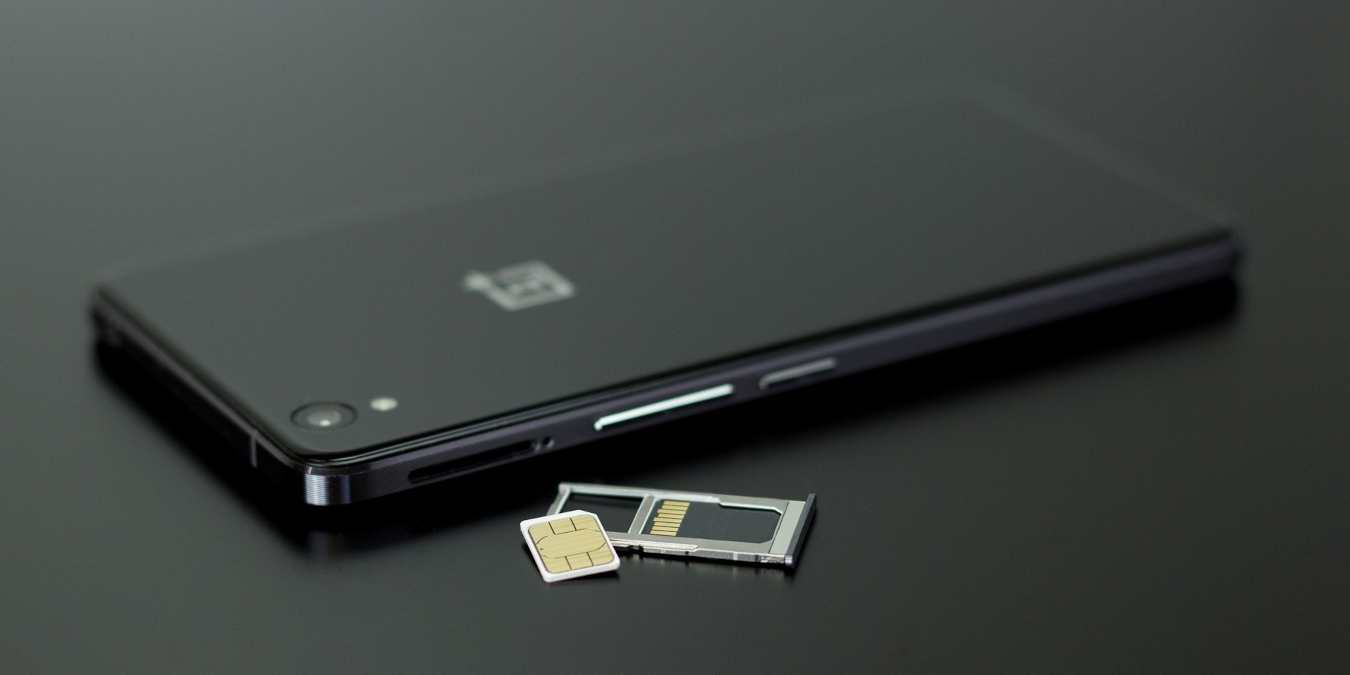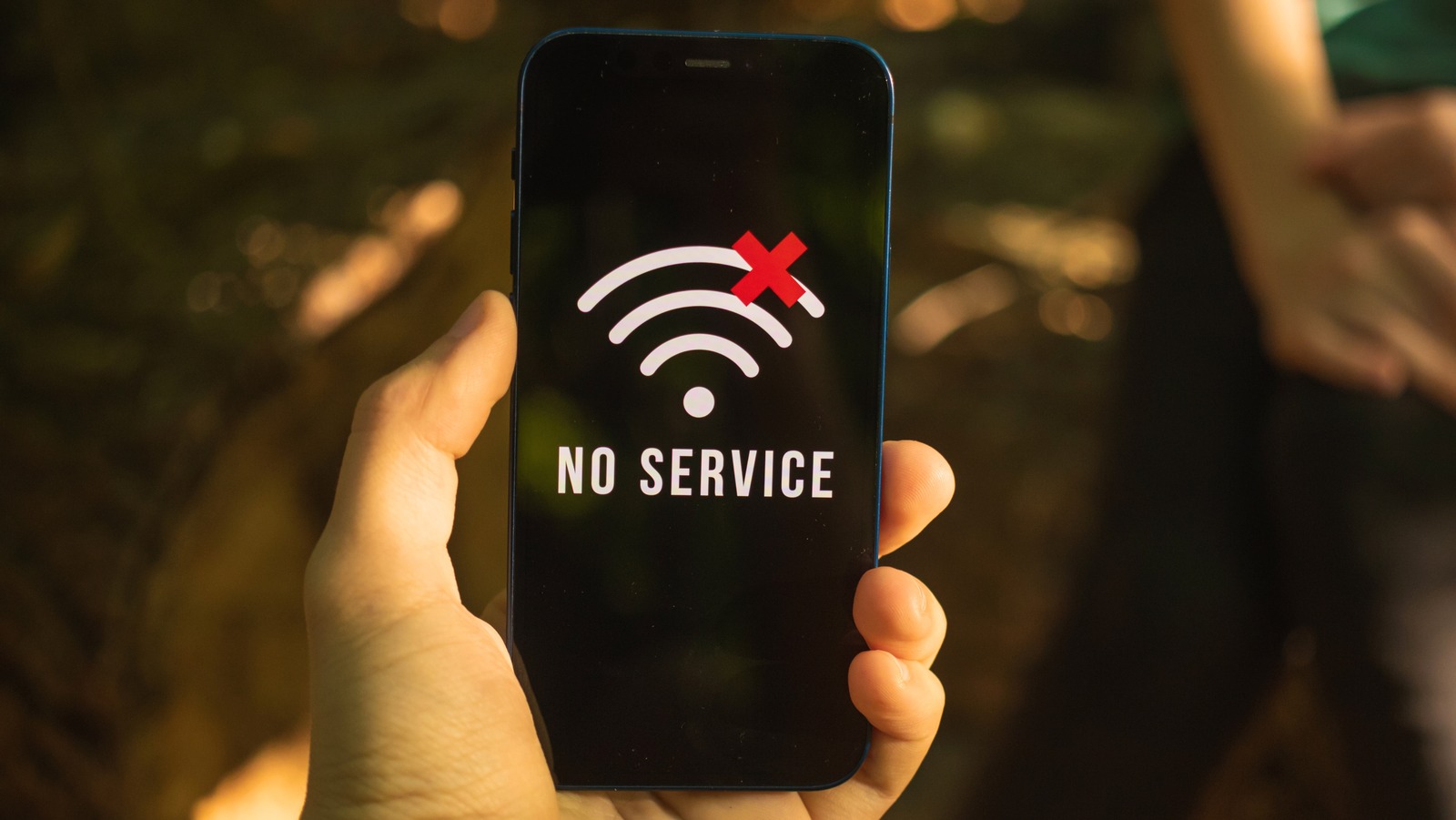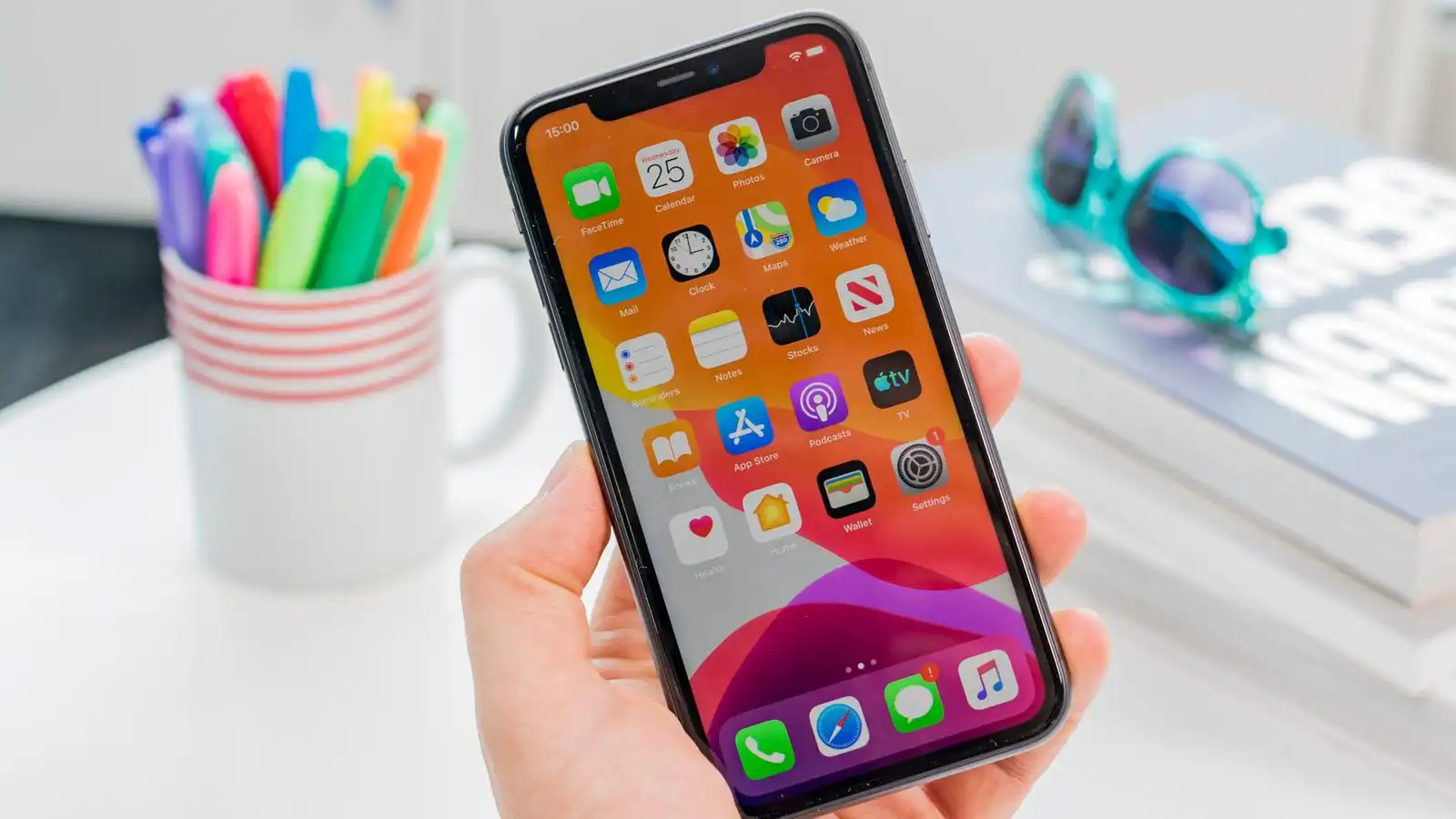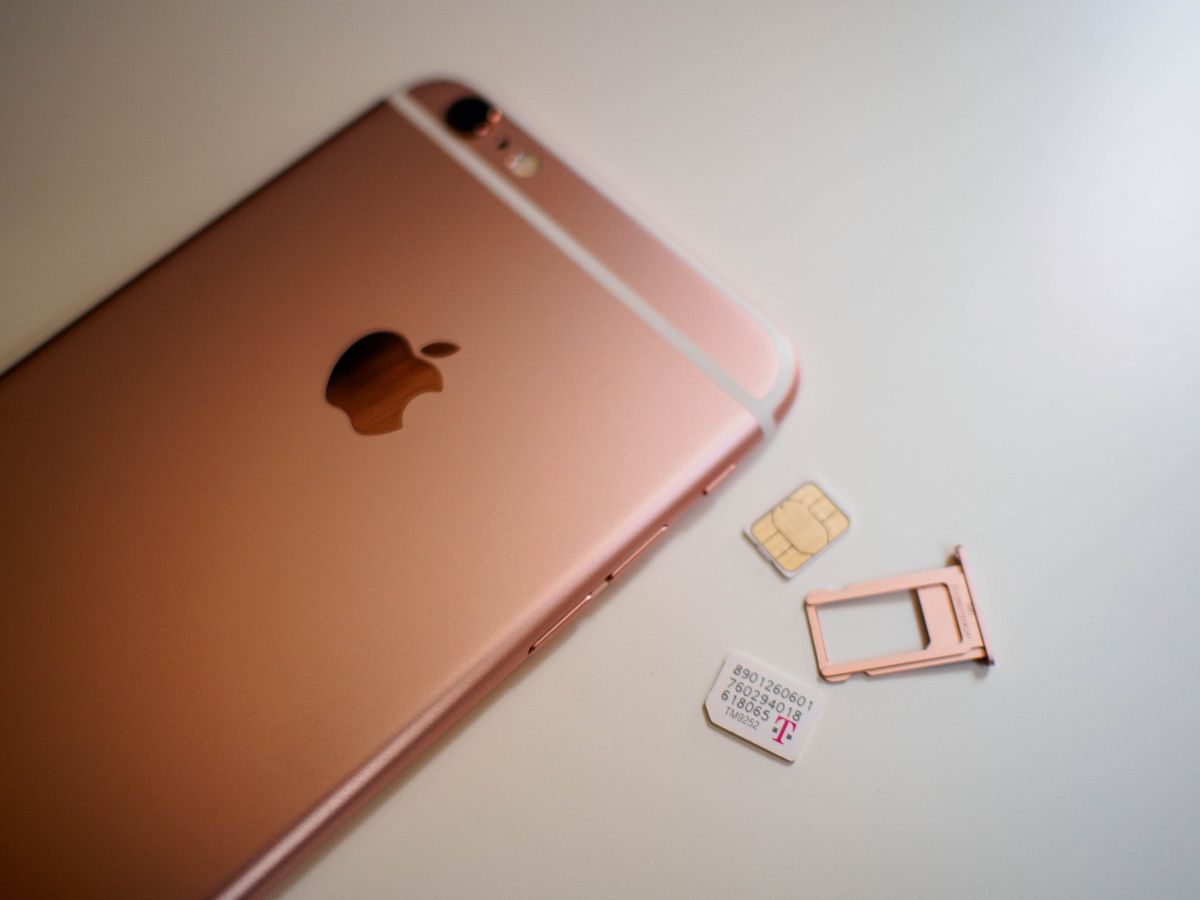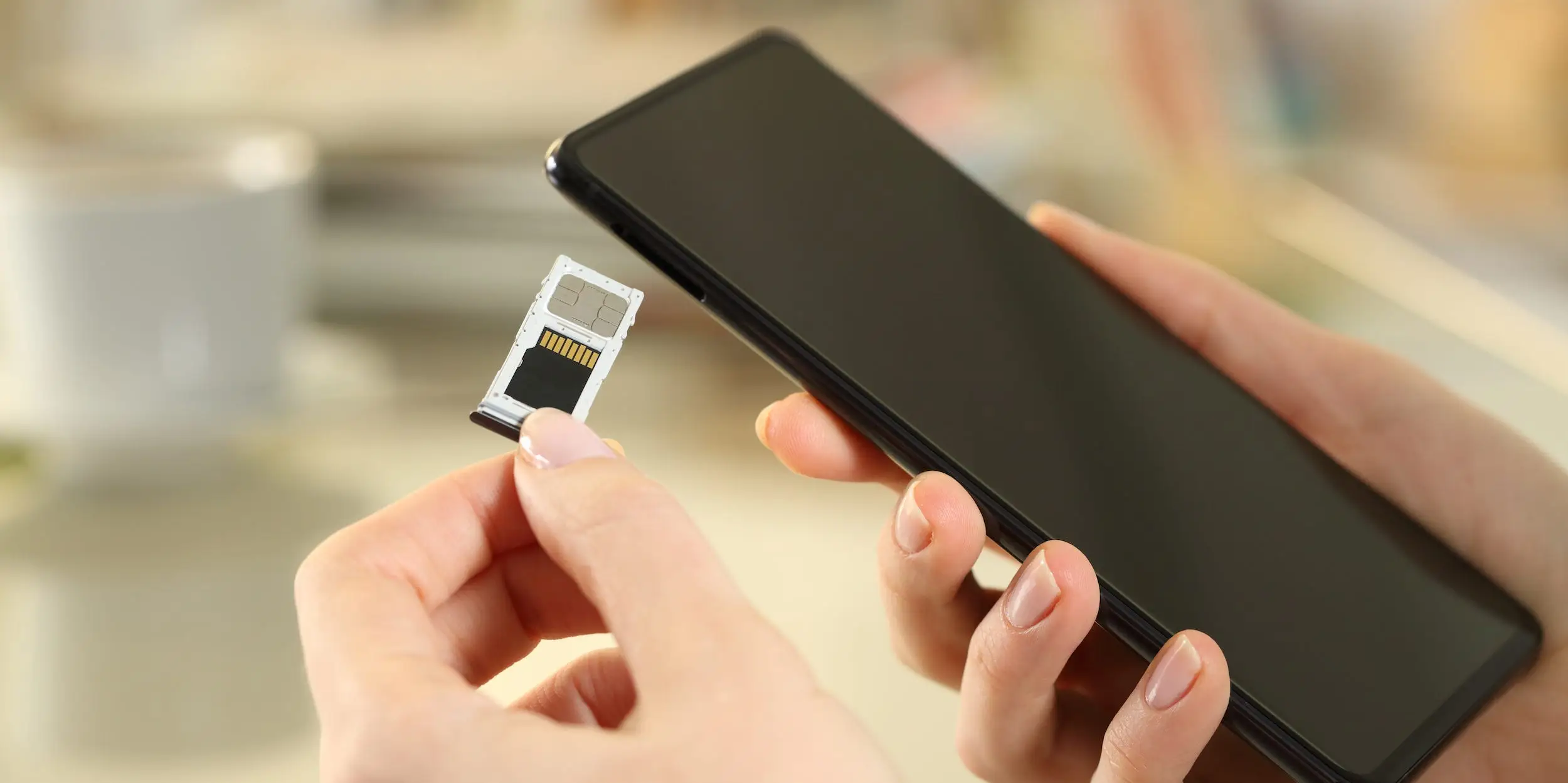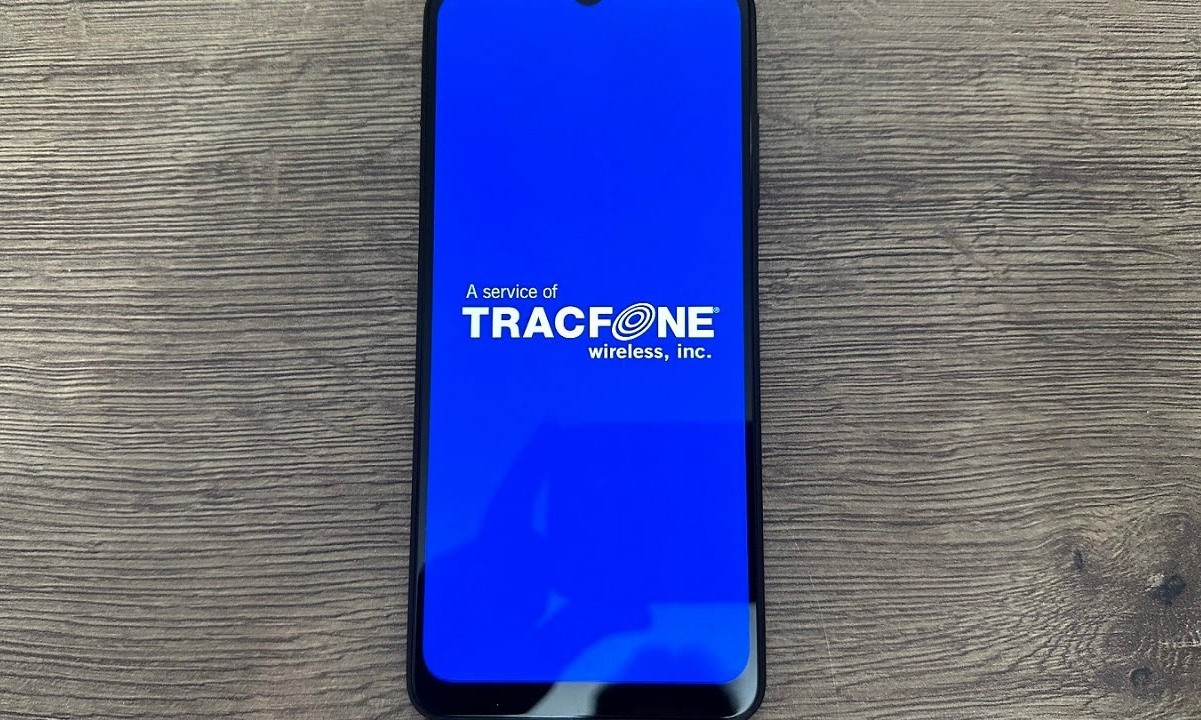SIM Card Insertion
Proper SIM card insertion is crucial for seamless connectivity on your mobile device. Many issues related to a phone not reading the SIM card can be traced back to incorrect SIM card insertion. Here's a comprehensive guide to ensure that your SIM card is inserted correctly:
-
Power Off the Device: Before inserting or removing a SIM card, it's essential to power off your device. This prevents any potential damage to the SIM card or the device's SIM card slot.
-
Locate the SIM Card Slot: Depending on your device model, the SIM card slot can be found on the side or the back of the device. Some devices may have a removable back cover that allows access to the SIM card slot, while others have a SIM card tray that requires a SIM ejector tool.
-
Insertion Process: If your device has a removable back cover, gently remove it and locate the SIM card slot. Carefully place the SIM card into the designated slot, ensuring that the gold contacts on the SIM card align with those in the slot. For devices with a SIM card tray, insert the SIM ejector tool into the provided hole to release the tray. Then, place the SIM card on the tray and reinsert it into the device.
-
Secure Placement: Once the SIM card is inserted, ensure that it is securely placed. Any loose connection between the SIM card and the device's slot can lead to connectivity issues.
-
Power On and Test: After inserting the SIM card, power on your device and check for network connectivity. If the device still does not read the SIM card, it may be necessary to reinsert the SIM card to ensure it is properly seated in the slot.
By following these steps, you can ensure that your SIM card is correctly inserted, minimizing the likelihood of connectivity issues. If your phone continues to experience problems reading the SIM card, further troubleshooting may be necessary to identify and address the underlying cause.
SIM Card Compatibility
The compatibility between a SIM card and a mobile device is a critical factor that can directly impact the device's ability to read the SIM card. Incompatibility issues can arise when the SIM card is not compatible with the device's technology or network standards. To ensure seamless connectivity and prevent the phone from not reading the SIM card, it's essential to consider the following aspects of SIM card compatibility:
-
Network Technology: Mobile networks operate on different technologies, such as GSM, CDMA, and LTE. It's imperative to verify that the SIM card's network technology aligns with the technology supported by the device. For instance, a GSM SIM card may not be compatible with a device designed for CDMA networks, leading to the phone's inability to read the SIM card.
-
SIM Card Size: SIM cards are available in various sizes, including standard SIM, micro-SIM, and nano-SIM. When using a SIM card with an incompatible size, the device may fail to recognize the SIM card, resulting in connectivity issues. It's crucial to match the SIM card size with the corresponding slot on the device to ensure proper recognition.
-
Network Bands: Different regions and carriers operate on specific frequency bands. If the SIM card does not support the frequency bands utilized by the device's network carrier, it can lead to compatibility issues. Verifying the supported bands on both the device and the SIM card can help identify any discrepancies that may hinder proper SIM card recognition.
-
Device Lock Status: In some cases, mobile devices may be locked to a specific network carrier. Using a SIM card from a different carrier without unlocking the device can result in compatibility issues. Unlocking the device or using a SIM card from the designated carrier can resolve this compatibility issue.
-
International Roaming: When traveling internationally, using a SIM card that supports roaming services is essential for uninterrupted connectivity. Incompatible SIM cards may fail to establish a connection in foreign networks, leading to the device's inability to read the SIM card.
Ensuring SIM card compatibility with the mobile device is pivotal for maintaining seamless communication and data connectivity. By addressing potential compatibility issues, users can mitigate the risk of encountering a phone that does not read the SIM card, ultimately enhancing their overall mobile experience.
SIM Card Damage
The integrity of the SIM card is fundamental to its functionality within a mobile device. SIM card damage can significantly impact the device's ability to read and recognize the SIM card, leading to connectivity disruptions and communication issues. Understanding the potential sources of SIM card damage and the associated symptoms can aid in diagnosing and addressing these issues effectively.
Physical Damage
Physical damage to the SIM card, such as scratches, cracks, or bent edges, can impair its connectivity with the device's SIM card slot. Additionally, exposure to moisture or extreme temperatures can compromise the SIM card's internal components, leading to malfunctions. Users should carefully handle and store their SIM cards to prevent physical damage that could hinder their performance.
Wear and Tear
Over time, SIM cards may undergo wear and tear due to frequent insertion and removal from devices. The gold contacts on the SIM card can accumulate dirt, dust, or residue, inhibiting proper contact with the device's SIM card slot. Regularly inspecting and cleaning the SIM card contacts can help maintain optimal connectivity and prevent issues related to wear and tear.
Electrical Damage
Electrical damage, resulting from static electricity or voltage spikes, can disrupt the internal circuitry of the SIM card, rendering it unreadable by the device. Users should exercise caution when handling SIM cards and avoid exposing them to static-prone environments to minimize the risk of electrical damage.
Symptoms of SIM Card Damage
- Intermittent Connectivity: A damaged SIM card may exhibit intermittent connectivity, causing the device to sporadically lose signal or fail to recognize the SIM card.
- Error Messages: Devices may display error messages indicating a faulty or unreadable SIM card when damage is present.
- Inconsistent Network Access: Users may experience inconsistent network access or frequent disconnections, indicating potential SIM card damage.
Addressing SIM Card Damage
When confronted with symptoms of SIM card damage, users can take proactive measures to address the issue. This includes inspecting the SIM card for visible signs of damage, cleaning the gold contacts with a soft, dry cloth, and considering a replacement if the SIM card exhibits irreparable damage. By promptly addressing SIM card damage, users can restore seamless connectivity and optimize their mobile experience.
Understanding the implications of SIM card damage and recognizing the associated symptoms empowers users to safeguard the integrity of their SIM cards, ensuring reliable connectivity and uninterrupted communication on their mobile devices.
Phone Software Update
Keeping the software of your mobile device up to date is not only essential for accessing the latest features and security enhancements but also plays a significant role in addressing issues related to the phone not reading the SIM card. Software updates often include bug fixes, performance optimizations, and improvements in device compatibility, which can directly impact the device's ability to recognize and utilize the SIM card effectively.
When a phone encounters difficulties in reading the SIM card, it is advisable to consider the following aspects of software updates:
Software Patch Releases
Manufacturers regularly release software patches and updates to address known issues and enhance device functionality. These updates may specifically target SIM card recognition issues, providing solutions to underlying software-related challenges that hinder the device from reading the SIM card accurately.
Compatibility Enhancements
Software updates often include compatibility enhancements that improve the device's ability to interface with various SIM card types and technologies. By updating the device's software, users can leverage these compatibility improvements to mitigate SIM card recognition issues and ensure seamless connectivity.
Bug Fixes and Stability Improvements
Issues related to SIM card recognition can stem from software bugs or stability concerns within the device's operating system. Software updates typically include bug fixes and stability improvements that directly impact the device's ability to read and interact with the SIM card, resulting in a more reliable and consistent user experience.
Security and Performance Enhancements
In addition to addressing SIM card recognition issues, software updates contribute to overall device security and performance. By maintaining an updated software environment, users can mitigate potential security vulnerabilities that may indirectly impact the device's SIM card functionality while also optimizing the device's performance for improved SIM card management.
Update Process
To initiate a software update, users can navigate to the device's settings, access the software update section, and check for available updates. It is essential to ensure that the device is connected to a stable and reliable network to facilitate the download and installation of the update. Following the installation, users should restart the device to apply the software changes effectively.
By prioritizing regular software updates, users can proactively address SIM card recognition issues and optimize the overall functionality of their mobile devices. Embracing the latest software enhancements not only fosters a seamless SIM card experience but also contributes to a secure, efficient, and enjoyable mobile usage environment.
Network Provider Issues
Network provider issues can significantly impact a mobile device's ability to read and recognize the SIM card, leading to connectivity disruptions and communication challenges. Understanding the various network-related factors that can contribute to SIM card recognition issues is essential for effectively addressing and resolving these concerns.
Network Coverage and Signal Strength
In areas with limited network coverage or weak signal strength, mobile devices may struggle to read the SIM card and establish a stable connection with the network. Factors such as geographical location, building structures, and environmental interferences can influence the quality of network coverage. Users experiencing difficulties with SIM card recognition should assess the network signal strength in their current location and consider relocating to areas with stronger signal reception to improve connectivity.
Network Outages and Maintenance
Periodic network outages or scheduled maintenance activities by network providers can disrupt the communication services available to mobile devices. During such occurrences, devices may encounter challenges in reading the SIM card and accessing network services. Users experiencing persistent issues with SIM card recognition should verify if there are reported network outages or maintenance activities in their area. Staying informed about potential service disruptions allows users to anticipate and manage SIM card recognition issues effectively.
SIM Card Provisioning and Activation
The provisioning and activation process of a SIM card by the network provider is critical for seamless integration with the device and network services. Delays or errors in the provisioning and activation procedures can result in the device not recognizing the SIM card. Users encountering SIM card recognition issues should contact their network provider to verify the status of the SIM card activation and provisioning. By ensuring that the SIM card is correctly provisioned and activated, users can address potential network-related barriers to SIM card recognition.
Roaming and International Services
When using mobile devices in international roaming scenarios, users may encounter SIM card recognition issues due to network compatibility and roaming service activation requirements. Incompatible roaming settings, unregistered SIM cards in foreign networks, or restricted international services can hinder the device's ability to read the SIM card. Prior to international travel, users should verify the roaming capabilities of their SIM card and ensure that the necessary international services are activated to facilitate seamless SIM card recognition and network connectivity abroad.
Network Carrier Support
Different network carriers may employ distinct network technologies and configurations, influencing the compatibility and recognition of SIM cards by mobile devices. Users switching between network carriers or using SIM cards from alternative providers should ensure that the device is compatible with the network carrier's services. Incompatibility between the device and the network carrier can lead to SIM card recognition issues, necessitating the consideration of carrier-specific requirements for optimal SIM card functionality.
By addressing network provider issues that impact SIM card recognition, users can enhance their mobile experience and ensure consistent connectivity and communication capabilities. Understanding the interplay between network-related factors and SIM card recognition empowers users to navigate potential challenges effectively, fostering a reliable and seamless mobile usage environment.







